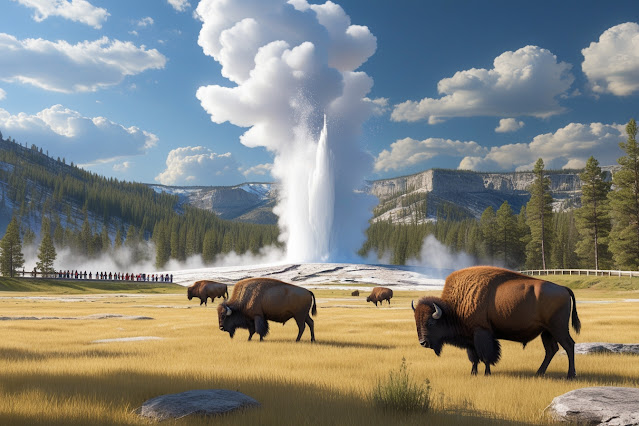Top Countries with the Most National Parks in the World
National parks are the crown jewels of a country’s natural heritage. They preserve biodiversity, protect ecosystems, and offer breathtaking experiences to visitors. Across the globe, countries establish national parks not only to protect wildlife but also to promote eco-tourism, heritage, and environmental awareness.
In this article, we explore the top countries with the most national parks, highlighting their conservation efforts and the unique features that make each of them a leader in protecting nature.
1. Australia – Over 600 National Parks
Australia tops the list when it comes to the number of national parks. With over 600 officially recognized parks, the country spans a vast range of biomes—from arid outbacks to tropical rainforests and alpine regions.
The Australian government actively works with Indigenous communities to preserve natural heritage through co-managed protected areas. Popular parks include Kakadu National Park, Daintree Rainforest, and Uluru-Kata Tjuta National Park.
2. Brazil – Over 70 National Parks
Brazil is home to some of the world’s most biodiverse ecosystems, especially within the Amazon Rainforest. With over 70 federal national parks, Brazil focuses on preserving its tropical rainforests, wetlands, and mountainous terrain.
Noteworthy parks include Chapada Diamantina, Serra da Capivara (a UNESCO World Heritage Site), and the iconic Iguaçu National Park, home to the stunning Iguaçu Falls.
3. United States – 63 Official National Parks (Over 400 Protected Areas)
Although the U.S. has 63 designated national parks, the total number of federally managed protected areas, including national monuments and historic parks, exceeds 400 sites.
From the geothermal wonders of Yellowstone, the canyons of Zion, to the glaciers of Alaska, U.S. national parks set a gold standard for park management, accessibility, and ecological preservation.
The U.S. National Park Service, founded in 1916, pioneered modern park conservation, and continues to inspire global standards for protected areas.
4. China – Over 200 National Parks and Nature Reserves
China has accelerated its environmental efforts in the 21st century, now boasting over 200 national-level parks and thousands of nature reserves. These parks range from snow-covered peaks to bamboo forests, desert landscapes, and river canyons.
Iconic parks include Jiuzhaigou Valley, Zhangjiajie (which inspired the “floating mountains” in Avatar), and Sanjiangyuan National Park on the Tibetan Plateau, which protects the headwaters of the Yellow, Yangtze, and Mekong rivers.
Honorable Mentions
India
With over 100 national parks, India offers rich biodiversity across its forests, mountains, and wetlands. Parks like Jim Corbett, Kaziranga, and Sundarbans protect tigers, elephants, and rhinos.
Russia
Russia’s vast landmass allows for over 100 national parks and zapovedniks (strict nature reserves). From taigas to tundras, the country shelters rare species like the Amur leopard and Siberian tiger.
Canada
With 48 national parks, Canada offers pristine wilderness in every province. Banff and Jasper in Alberta, and Gros Morne in Newfoundland, showcase the country’s stunning geography.
Why Do National Parks Matter?
National parks are essential not just for preserving wildlife and ecosystems, but also for climate regulation, tourism economies, indigenous culture, and mental well-being.
Globally, national parks:
- Store carbon and reduce the impact of climate change
- Prevent habitat fragmentation and biodiversity loss
- Offer recreation and nature education
- Support local and indigenous communities economically and culturally
Conclusion
The countries with the most national parks aren't just world leaders in conservation—they offer unmatched natural beauty and biodiversity. Whether you're exploring Australia’s vast outback or China’s surreal stone pillars, national parks remain vital treasures for humanity and the planet.
As countries continue to establish new parks and protected areas, we move closer to global sustainability and resilience. Whether you're a traveler, conservationist, or curious learner, there's always a new national park waiting to be discovered.








No comments:
Post a Comment